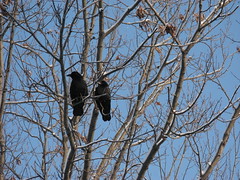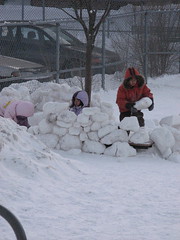 Please join us on October 20, 2009
Please join us on October 20, 2009
from 6:00PM to 8:00PM EDT (10pm GMT)
for a second live event of the
2009 K12Online Conference
On October 20th, the K12Online Conference is hosting a LAN party from 6:00PM to 8:00PM EDT (10pm GMT). We invite everyone to gather in the EdTechTalk chatroom with colleagues in order to view two past conference presentations and then engage in lively discussions in the EdTechTalk chatroom at http:www.edtechtalk.com/live. The following presenters will be in attendance:
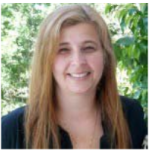 6:00 – 6:45pm Travel Through Space and Time
6:00 – 6:45pm Travel Through Space and Time
Silvia Tolisano
Born in Germany, raised in Argentina and living in the USA, Silvia graduated with a Bachelor’s Degree in Spanish & International Studies and a Master’s Degree in Instructional Technology. Silvia is currently teaching at a private elementary school where she serves as the Instructional Technology Facilitator and Webmaster. Having lived on three continents and traveled extensively, Sylvia is well aware of the importance of instilling global awareness & cultural sensitivities in all her students.
6:45 – 7:30pm How Can I Become Part of this ReadWriteWeb Revolution?
Alice Barr, Cheryl Oakes and Bob Sprankle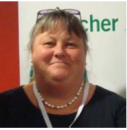 Alice Barr has lived, taught and traveled on five continents. She now lives in Maine where she is the high school Instructional Technology Integrator in a 1:1 laptop environment. Alice also teaches in the summer at The University of Southern Maine and provides professional development sessions during the year.
Alice Barr has lived, taught and traveled on five continents. She now lives in Maine where she is the high school Instructional Technology Integrator in a 1:1 laptop environment. Alice also teaches in the summer at The University of Southern Maine and provides professional development sessions during the year.
Alice was a Technology Learning Leader with SEED, Spreading Educator to Educator Developments and worked with teachers during the beginnings of MLTI, the Maine Learning Technology Initiative. She is now part of the SEEDlings webcast show, along with Bob and Cheryl, which is streamed live three Thursdays a month at EdTechTalk.
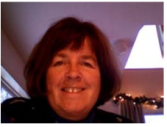 Cheryl Oakes lives and works in Maine and around the world virtually! Cheryl works with students and teachers in Wells, Maine and throughout the states of Maine and New Hampshire. “I am also lucky enough to be involved with folks from around the world through my online networks of the Webheads, Worldbridges, EdTechTalk and Seedlings. Join in any of these conversations. You will flatten your classroom.”
Cheryl Oakes lives and works in Maine and around the world virtually! Cheryl works with students and teachers in Wells, Maine and throughout the states of Maine and New Hampshire. “I am also lucky enough to be involved with folks from around the world through my online networks of the Webheads, Worldbridges, EdTechTalk and Seedlings. Join in any of these conversations. You will flatten your classroom.”
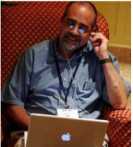 Bob Sprankle comes from Wells, Maine, where he is a Technology Integrator in a K-4 Elementary School. Bob teaches over 500 students technology skills for the 21st Century and has been integrating technology in a 3/4 multi-age class for 10 years prior.
Bob Sprankle comes from Wells, Maine, where he is a Technology Integrator in a K-4 Elementary School. Bob teaches over 500 students technology skills for the 21st Century and has been integrating technology in a 3/4 multi-age class for 10 years prior.
Bob was involved with the SEED group in Maine as a Technology Learning Leader and helped train the first wave of teachers using laptops for the 7th and 8th grader MLTI project. He was awarded Maine’s Technology Teacher of the Year in 2006 from ACTEM. Bob’s students have received world-wide recognition for their “Room 208 Podcast”, and have appeared in numerous articles, including, The New York Times and Apple’s Education Site. Bob’s professional development blog and podcast, “Bit by Bit”, is geared to helping teachers incorporate technology into their classrooms and can be found at www.bobsprankle.com.
The EdTechTalk community will host this event at http://www.edtechtalk.com/live.
For questions or more information, contact Susan Van Gelder, Live Events Committee, at susanvg@mac.com or on Twitter at @k12online.


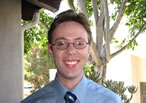 2:00 – 2:45
2:00 – 2:45  2:45 – 3:30
2:45 – 3:30  3:30 – 4:15
3:30 – 4:15  4:15 – 5:00
4:15 – 5:00 
